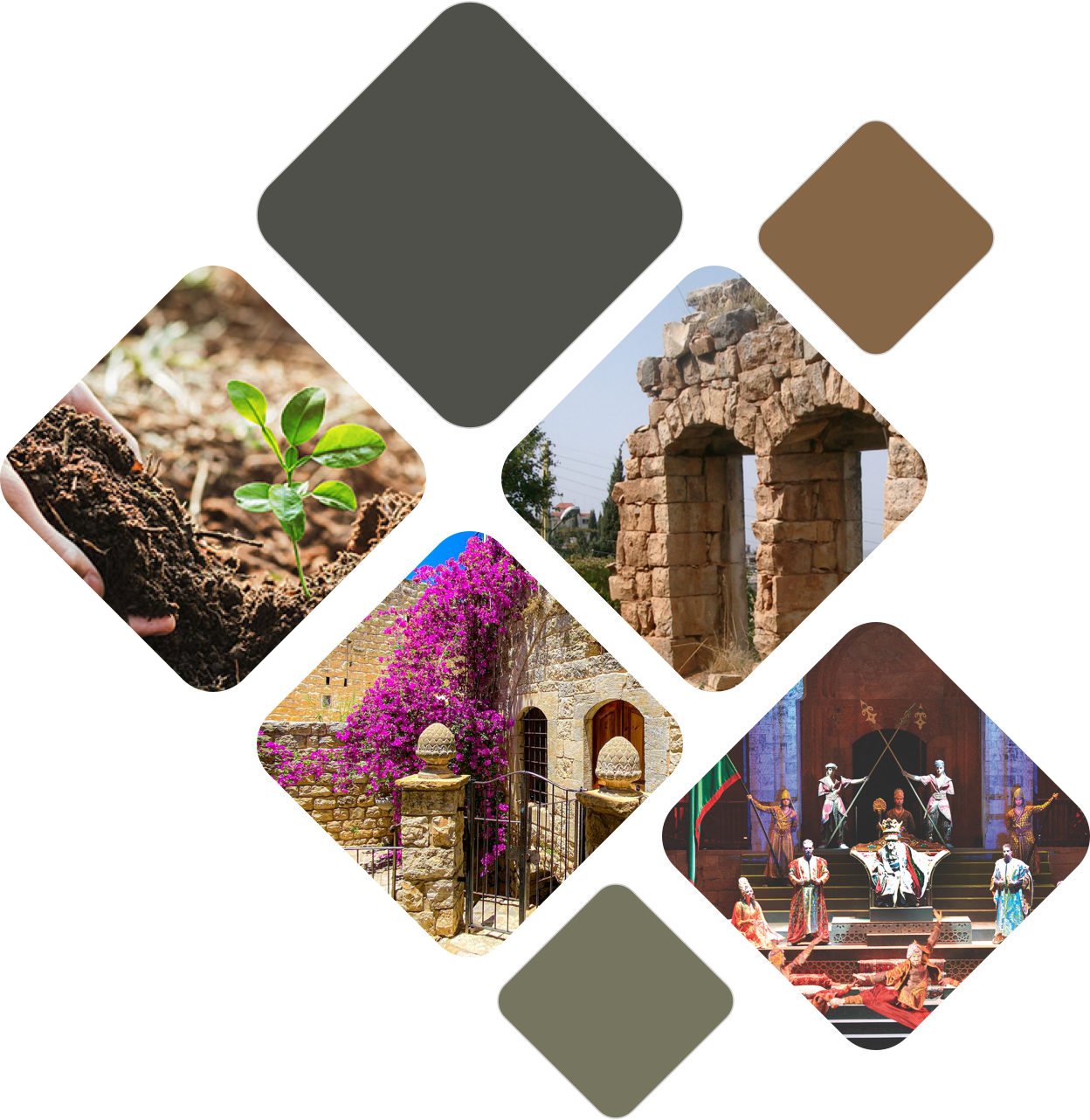


Located in the Mount Lebanon Governorate, the Lebanese Shouf region scenically stretches across the southern part of the green-capped Mount Lebanon. This picturesque region covers an area of approximately 410 square kilometers and is renowned for its diverse landscapes, including mountains, pristine forests and rivers, valleys and charming villages booming with vineyards, apple orchards, olive groves and cedar trees.
Inhabited by various civilizations, including the Phoenicians, Romans, Byzantines and Ottomans, the Shouf region boasts a rich history that dates back thousands of years. Serving as the stronghold of the Emirate of Mount Lebanon, this region played a significant role during the medieval period. It was ruled for two centuries by the Maan dynasty – a family of Druze chiefs of Arab stock who were politically prominent in the 15th–17th centuries. One of its most prominent rulers was Emir Fakhreddine II, who was known for his reforms and diplomatic relations with European powers.

Natural beauty and biodiversity govern the Shouf region which is home to the largest remaining forest of Lebanon's iconic cedar trees, known as the Shouf Cedar Reserve. This reserve spans around 5,000 hectares and is a vital sanctuary for the endangered Lebanese Cedars (Cedrus Libani) and other plant and animal species.
Apart from the celestial and shady cedar forest, the Shouf region boasts stunning forested landscapes and hiking trails that allow visitors to explore its natural wonders. The mountains offer panoramic views, while the valleys are adorned with orchards and terraced fields. Visitors can also marvel at the abundance of wildflowers, including rare species such as the Shouf Iris (Iris Sofarana) and the Lebanon Lily (Lilium Libani).
The Shouf region's natural beauty extends beyond the scenic forests and mountains. It is home to numerous springs, rivers, and waterfalls providing picturesque spots for relaxation and outdoor activities. The Barouk River, Awali River and Ayn Zhalta are some notable water features in the area.
For visitors looking to explore traditional architecture, historical landmarks and cultural heritage, the Shouf region is the destination to be, as it vibrates with such features. Exploring the villages allows visitors to immerse themselves in the local lifestyle and witness traditional practices, such as olive and fruit picking, wine making and handicrafts.
For travelers seeking a captivating destination to explore Lebanon’s diverse landscape and heritage, the Shouf region is the answer with its blend of history, nature and cultural experiences.